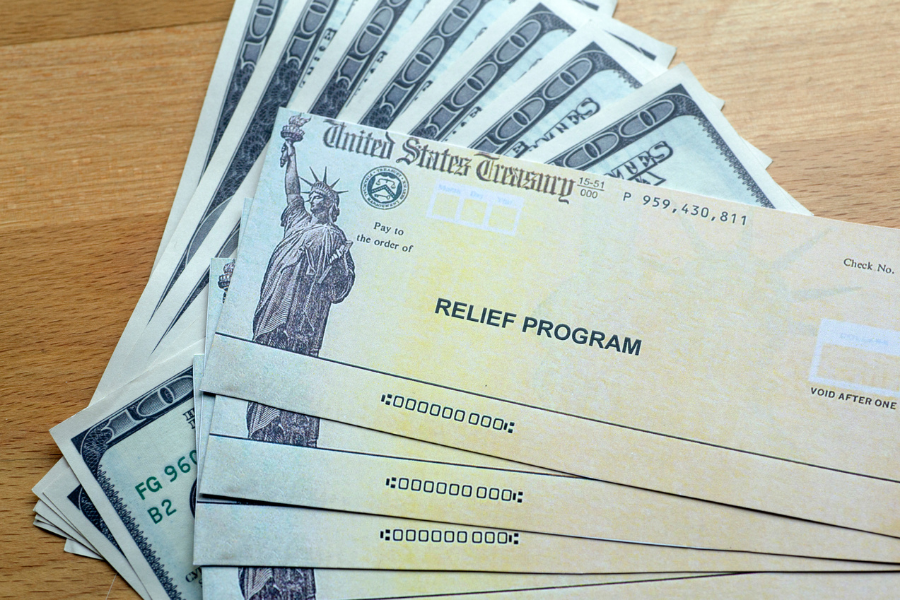In response to the COVID-19 pandemic, several policy changes were put in place to expand access to home- and community-based services (HCBS). Over a year later, lawmakers are determining which policies should be maintained and whether additional funding may be required. Meanwhile, states must determine how to make use of existing emergency funds enacted by the American Rescue Plan Act (ARPA) before they expire. Here, we take a look at state options for expanding Medicaid HCBS under the guidelines established by ARPA.
FMAP
Nearly 57% of HCBS in the U.S. is currently funded through Medicaid. One of the key funding strategies available through ARPA is an increased federal mapping rate (FMAP) available to states for Medicaid HCBS spending. This opportunity is available only if states follow specific guidelines outlined in ARPA and expanded on by the Centers for Medicare & Medicaid Services (CMS).
As we noted back in April 2021:
“HCBS expansion is accomplished by increasing the Medicaid federal medical assistance percentage (FMAP) from April 1, 2021 to March 20, 2022 by a total of 10 percentage points. This boost is meant to supplement existing Medicaid funding, and states may only use the FMAP increase for HCBS.”
Experts believe some states may choose not to pursue this option because of the limited time frame involved (the increase is currently only available for one year). The potential risk would be investing so much into HCBS that new developments would necessitate ongoing financing. If the money is no longer available, programs could again be put at risk.
However, a study published this month indicates over half the states are already developing plans for accessing the enhanced FMAP funds. The two most common strategies being utilized at the time of reporting were provider payment rate increases and workforce recruitment.
Section 1115 Waivers
For states still considering their options, a recent brief by Kaiser Family Foundation (KFF) may prove useful. The analysis examines four key strategies states can use to leverage Section 1115 demonstration waivers to qualify for the FMAP increase. Those four strategies include:
- Streamlining HCBS eligibility determination and enrollment processes to speed up access to services;
- Expanding rules for financial eligibility to help enrollees maintain community residency when affordability is an obstacle;
- Expanding financial and/or functional eligibility rules to serve new populations; and
- Offering alternative benefit packages with new services.
State Examples
There are examples of state development plans utilizing each of the options noted above. Examples include:
- Rhode Island opened HCBS benefits to new long-term care applicants and increased the personal needs allowance for enrollees transitioning out of nursing homes. They also expanded access to HCBS services for young adults with disabilities aged 19-21, regardless of family income.
- Delaware created a new eligibility pathway for children with disabilities who do not meet the criteria for institutional level of care.
- New York put in place an “income disregard” policy to help account for average rent prices when determining an applicant’s financial eligibility.
- Washington created new eligibility pathways for two programs—Tailored Support for Older Adults (TSOA) and Medicaid Alternative Care (MAC)—by enrolling older adults and their caregivers presumptively. They also opened services to new populations by including formerly ineligible “near elderly” adults who are older than 55 and require facility-level care. Unpaid caregivers will receive additional support through an alternative benefits package.
- New Jersey shifted to accepting self-attestation of no asset transfers for the five-year look back period, particularly for low-income applicants. This applies to both Long Term Services and Supports (LTSS) and HCBS services.
- Vermont increased the asset limit for certain high-need HCBS beneficiaries.
Another strategy not included in the KFF report that qualifies states for the FMAP increase is investing in the HCBS workforce. States taking advantage of this option include Wisconsin and Florida.
To read the full analyses provided by KFF and CMS, click the links below:

